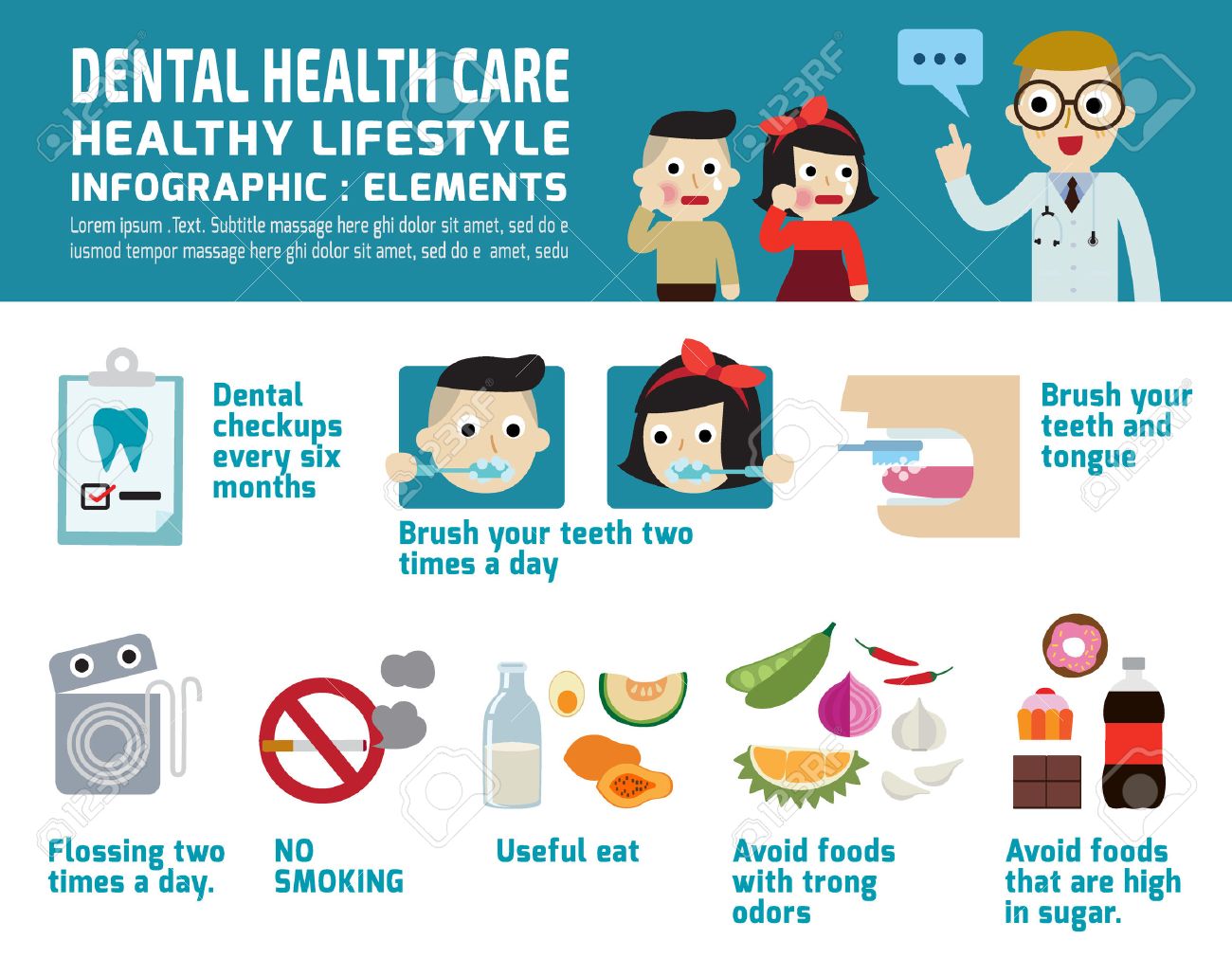The Development Of Oral Surgery: Pioneering Developments And Advances Defining The Field
The Development Of Oral Surgery: Pioneering Developments And Advances Defining The Field
Blog Article
Post Created By-Foldager Terrell
Invite to the world of dental surgery, where advancements and breakthroughs are shaping the future of the area! In this amazing world, you'll witness the transformative power of robotics, the innovative marvel of 3D printing, and the game-changing effect of minimally intrusive techniques.
The future of oral surgery holds a guarantee of accuracy, efficiency, and enhanced patient results. With the help of innovative robotics, doctors are able to do intricate treatments with greater accuracy and control.
3D printing modern technology is reinventing the development of oral implants and prosthetics, providing personalized services that fit seamlessly right into each person's one-of-a-kind makeup.
In addition, minimally intrusive strategies are reducing post-operative discomfort and healing time, allowing people to return to their daily lives sooner.
Prepare yourself to discover the exciting innovations and advances that are improving the landscape of oral surgery!
Developments in Robotics
One major improvement in dental surgery is making use of robot innovation, which allows for accurate and effective procedures. With https://areveneerspermanent28495.fare-blog.com/33144619/get-the-within-scoop-on-who-can-really-take-advantage-of-invisalign-discover-the-vital-variables-that-might-influence-your-smile-change of robotic systems, dental specialists have the ability to execute complicated surgical procedures with improved precision, reducing the risk of human error.
These robotic systems are equipped with advanced imaging modern technology and exact tools that enable cosmetic surgeons to navigate via detailed physiological structures easily. By making use of robotic modern technology, specialists can attain better medical precision, causing enhanced client results and faster recuperation times.
Additionally, using robotics in dental surgery allows for minimally intrusive treatments, reducing the injury to surrounding tissues and advertising faster recovery.
3D Printing in Oral Surgery
To enhance the field of dental surgery, you can check out the subtopic of 3D printing in dental surgery. This cutting-edge innovation has the potential to transform the method oral surgeons run and deal with patients. https://www.jpost.com/advisor/health-and-fitness/best-whitening-gel-for-teeth-753300 are four key methods which 3D printing is shaping the field:
- ** Custom-made Surgical Guides **: 3D printing permits the production of very precise and patient-specific medical guides, enhancing the accuracy and effectiveness of procedures.
- ** Implant Prosthetics **: With 3D printing, dental cosmetic surgeons can produce personalized implant prosthetics that completely fit a person's distinct composition, resulting in far better outcomes and patient fulfillment.
- ** Bone Grafting **: 3D printing enables the production of patient-specific bone grafts, decreasing the need for standard grafting techniques and enhancing recovery and healing time.
- ** Education and Educating **: 3D printing can be made use of to produce sensible surgical designs for educational objectives, permitting dental cosmetic surgeons to exercise complicated treatments before performing them on people.
With its potential to improve precision, customization, and training, 3D printing is an amazing advancement in the field of dental surgery.
Minimally Invasive Techniques
To better advance the field of oral surgery, welcome the potential of minimally invasive strategies that can substantially benefit both cosmetic surgeons and people alike.
Minimally intrusive methods are changing the field by reducing surgical trauma, reducing post-operative discomfort, and increasing the recuperation procedure. These techniques involve making use of smaller lacerations and specialized instruments to do treatments with accuracy and efficiency.
By using innovative imaging technology, such as cone beam calculated tomography (CBCT), cosmetic surgeons can properly prepare and carry out surgeries with marginal invasiveness.
Furthermore, the use of lasers in dental surgery permits exact cells cutting and coagulation, leading to decreased blood loss and minimized recovery time.
With minimally intrusive strategies, patients can experience quicker recuperation, reduced scarring, and improved end results, making it a necessary element of the future of dental surgery.
Final thought
So, as you can see, the future of oral surgery is unbelievably encouraging, with interesting developments and developments shaping the field.
From the developments in robotics to using 3D printing and minimally invasive methods, oral cosmetic surgeons are reinventing the way they supply treatment.
While cave dental may bother with the potential price associated with these improvements, it is essential to bear in mind that these technologies inevitably enhance person outcomes and lower recuperation time, making them well worth the investment over time.
